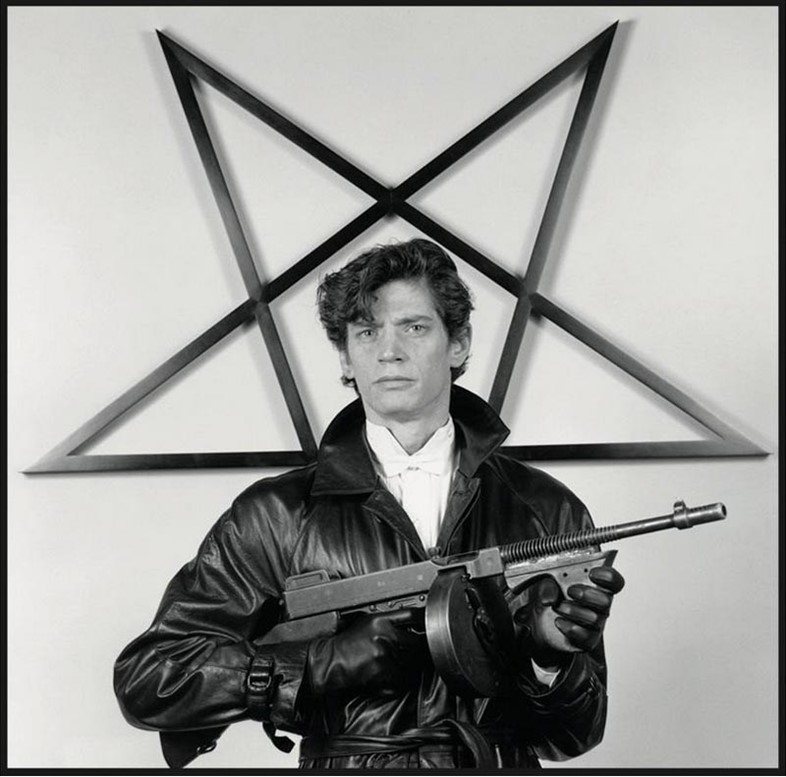Today, on what would have been Mapplethorpe's 69th birthday, we recall Sevigny's musing on the inimitable artist from the A/W 2011 issue of Another Man
For Chloë Sevigny, Robert Mapplethorpe is not only the trailblazing artist who made taboo subjects beautiful in the 80s with his controversial images of leather boys, bondage and naked flesh, or the cultural figurehead who, alongside his soul mate and muse Patti Smith, was at the epicentre of New York’s downtown scene in the 70s, he is also a painful reminder of the tragedy of HIV/Aids – Mapplethorpe died in 1989, aged just 42. “Reading the last passage of Patti Smith’s book Just Kids, when she describes Robert Mapplethorpe’s death, I bawled my eyes out,” sighs the 36-year-old star. “I couldn’t hold it together.” Here, Sevigny celebrates the life, style and legacy of a lost hero.
"I can remember buying the Patricia Morrisroe biography Mapplethorpe when it came out in the 90s because I knew Jack Walls, one of Mapplethorpe’s boyfriends. There was a big aura about Jack, he was this big downtown personality; he was a really charismatic, amazing man. And then there was the Judy Linn book with the early pictures of Mapplethorpe and Patti Smith: they made such a stunning couple – just so cool and androgynous.
I think Mapplethorpe looks so beautiful in those early pictures, and later on in his S&M period too. That S&M phase – well, people thought it was obscene, but he really broke down boundaries as to what was art and what wasn’t. I think that’s one of his greatest contributions. The leather biker jacket has been part of American culture for years: Brando, the greasers, girl groups and bad boys – he was just interpreting it in his own way. Mapplethorpe was an artist and a provocateur; he wanted to push people’s buttons in whatever way he could. His taste levels matured and changed as he grew older, so he went from a sort of hippie to something much more hard-edged. I guess the more you’re exposed to, the more your aesthetic alters. At that time New York was the centre of the universe; there was so much happening. I’m sure there were kids in Detroit who were being just as progressive but they had less exposure and were less documented. As far as Mapplethorpe’s work goes, my favourites are the early Polaroids and the self-portraits, and those pictures he did of the bodybuilder Lisa Lyon – amazing! I think he loved the people he photographed and wanted to honour and celebrate them in his images.
Do I think that Mapplethorpe used his good looks? Well, perhaps it was easier for him to charm his way into people’s pants and pocketbooks. He was a hustler – a real street hustler – so it couldn’t have hurt him. Did New York corrupt him? Ha! I think he was ripe for corruption to begin with. He was asking for it."
*This article was originally published in the A/W 2011 edition Another Man
